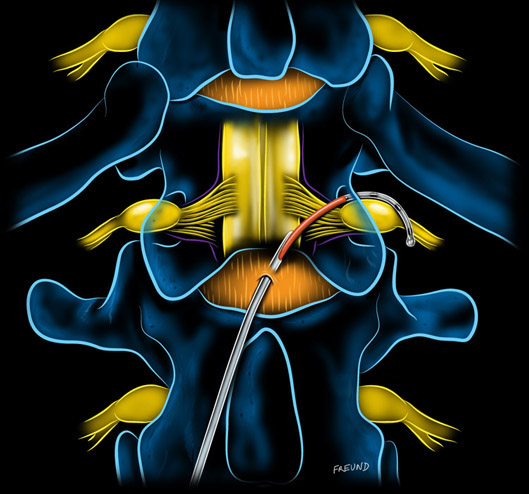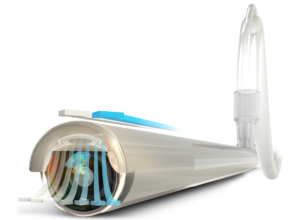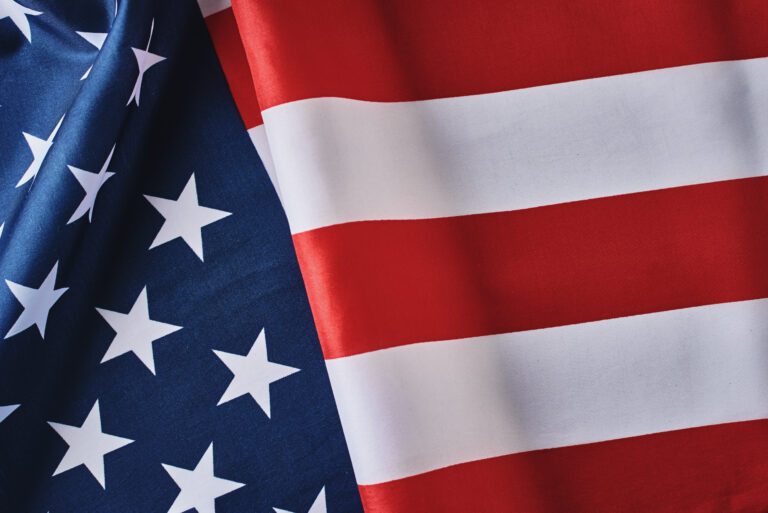Are you looking to stand out from your competitors with healthcare imagery unique to you? Do you want to visualise complex information, like your technology’s mode of action, so that your audience can quickly understand?
There are many ways to convey information through imagery, such as photography, anatomical drawings, line drawings, Computer Aided Designs (CADs), and Computer-Generated Imagery (CGI).
But, which is best for you? We’ve been asked this question many times, so we thought we’d put together a quick article to explain each type.
- Anatomical drawings
- Computer-Aided Design (CAD)
- Photography
- Computer Generated Imagery (CGI)
- Line drawings
Different types of healthcare imagery
-
Anatomical drawings
Anatomical drawings are technical drawings that illustrate the human body. They can be created in many different styles and levels of complexity, depending on your audience. You may ask for every nerve, blood vessel and fascia to be included or just outlines of the organs within a transparent silhouette.
There are many different mediums you can choose from when creating anatomic illustrations, such as watercolour, pencil and acrylic – all of which can be recreated digitally, so it’s easy to make amendments.
Each medium will bring a different tone to your drawing, so make sure you consider your audience when deciding. For example, if the drawings are for patients, they should be softer and simpler, as opposed to the hyper-realistic imagery you might use for HCPs.

But where are anatomical illustrations commonly used?
For patients, understanding the anatomical side of their diagnosis can be overwhelming because it’s so difficult to visualise. Illustrations that support the science can help them to feel more comfortable moving forward.
Likewise, anatomical drawings are often used to educate medical professionals. Just as they do with patients, they help doctors or surgeons to visualise a complex process with a new device.
Looking for help creating high-quality medical device imagery?
-
CAD
CAD, which stands for Computer-Aided Design, is a type of 2D or 3D digital render. These are often used to show a new device either by itself or within a scene. A great CAD should be hard to tell apart from a photograph if that’s the style you are going for.
You can show the external and internal details of your device to highlight its features and level of attention to detail.
Unlike a photograph, you don’t have to worry about bright glares, fingerprints, or imperfections when creating a CAD. Furthermore, you can make changes without needing to do a reshoot. For example, if your device gets an engineering update, you can apply the changes to the CAD reinsert it into the 3D environment and render out a new image at any angle.
CADs can also allow you to start marketing your device before you even have a prototype. The 3D render acts like a pre-prototype, meaning you can start promoting and gathering support for your device while waiting for it to be manufactured.

-
Photography
Photography is one of the more traditional options for medical imagery. Unlike the other examples, photography uses the real thing rather than being digitally created.However, photography does come with its difficulties. Photographs are likely to show up any imperfections, so a significant amount of time could be spent editing post-shoot. Furthermore, if there are any updates to your device, there will need to be a full reshoot.

It’s also worth noting that some devices are harder to photograph than others as they require a specialist lens. This includes laparoscopic devices to prevent warping and microdevices that require a macro lens.
Photography isn’t just used for devices; it can also be a great way to inject some personality into your brand with lifestyle imagery. This is often a great choice when you have customer-facing products. Hospitals and clinics are often associated with being cold and unwelcoming, so some uplifting imagery could provoke more positive associations with your device and remove any preconceptions patients might have.
-
CGI
CGI stands for Computer Generated Images, it’s like a CAD in that it’s a completely digital 2D or 3D image. However, CGI graphics tend to be artier and less photo-realistic. A CGI graphic can use a render as part of the image which is then adjusted in software like Photoshop.They work well as hero images (eye-catching images used at the top of website home pages or on exhibition graphics) or to demonstrate mode of action as they bring an exciting, engaging style of imagery to the medical space.
As easy as it is to get caught up in the technical information, you also want your marketing assets to be beautiful and impressive and CGI can be a great way to do this. 
-
Line drawings
Line drawing illustrations are usually black and white and aim to simplistically demonstrate processes. They’re straightforward and elegant, rather than eye-catching and impactful, meaning they’re good for use in regulatory settings.
This makes them great for instructions where each step needs its own image.When functionality is what you need, line drawings make a smart choice.
How to choose which is best for you?
When choosing which imagery to go for, you need to be able to answer a few questions:
- Who should the imagery appeal to?
- Where will it be used?
- What do you want it to show?
For example, illustrations might be a good choice if you’re aiming to inform patients as they can be designed to be more patient-friendly, whereas renders could be perfect for doctors as they show all the details of your device.
Now you know about the different types of imagery, you can show off your device in all its glory across your marketing.
If you still have more questions check out the other articles on our website:
Should you create your own healthcare imagery? An honest review
What is the point of medical device branding? An honest review.
What are the different types of video and animation you can use in your marketing?
Medical device imagery with Podymos
Do you want to communicate more effectively with HCPs and patients? Do you want to be able to deliver high-quality imagery campaigns as part of your larger multichannel marketing strategy? You’ve come to the right place.
Podymos is a healthcare marketing agency, specialising in downstream Medical Device marketing.
If you want high-quality, compliant campaigns that help achieve your business goals, we’d love to hear from you. Simply leave us your contact details below and we’ll get back to you very soon for a no-obligation chat.


















